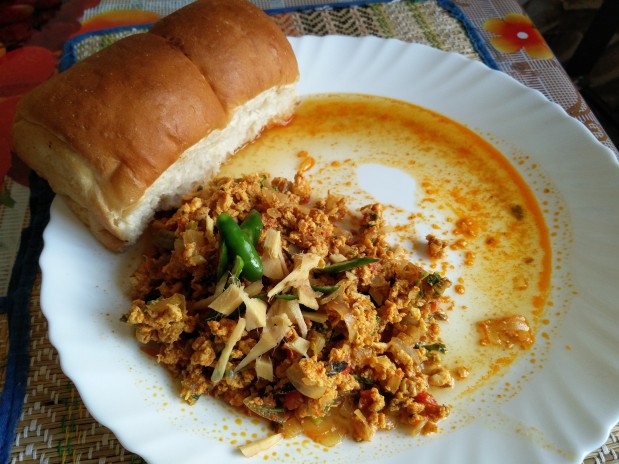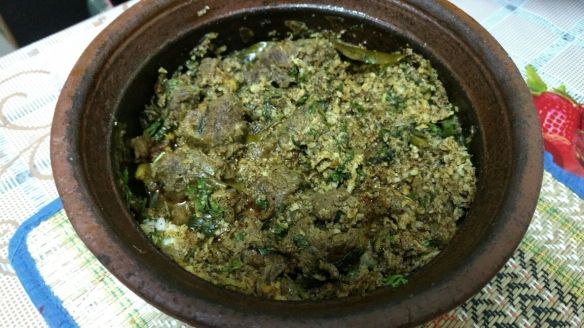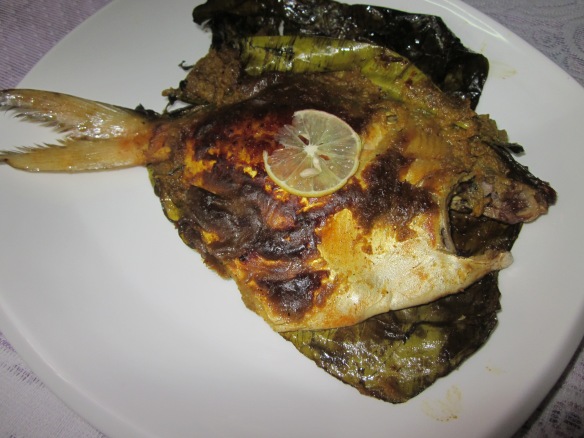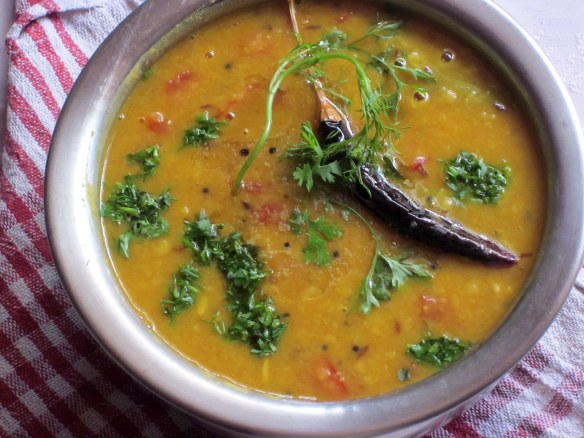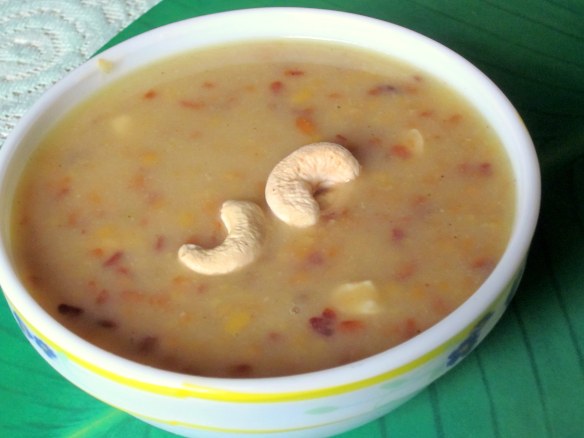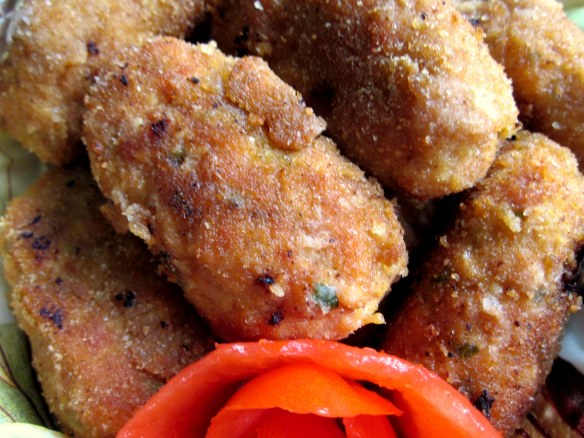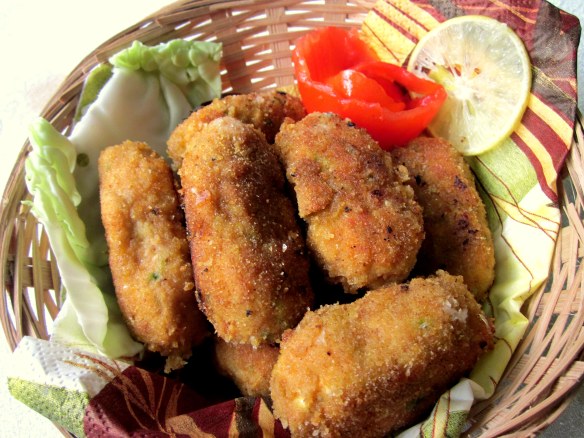I thought I would do a quick post to tell you about a recipe I just created off hand.
Not really a planned recipe neither is it something gourmet; but this one makes it to the blog simply on the fact that when I seen the plate and tasted the food, it made be smile. I smiled because I saw myself on the plate. This is just the way I like my food, clean, simple and something that isn’t too complicated.
The other day, I decided to do dinner. It was a long day at work and I really didn’t have the bandwidth to run the entire distance. So, I decided to make something quick and easy. I checked to see if what the refrigerator had in store. I saw a few boiled baby potatoes from an earlier cook in the week, there was some green coconut chutney and cheese along with some other pantry essentials. I thought to my self if I could simply fry the potatoes and use the chutney to just coat the potatoes. This idea came from the chutney and cheese sandwich that is such a famous Street food here in Mumbai. You have the option of adding in boiled potatoes to the sandwich if you please. All in all, like the joke goes this dish is just the good old chutney cheese sandwich that I sent to post graduate school 🙂
I loved the final result and so I’m sharing it here for you to try.. Try getting a little more adventurous and experiment with some roasted chicken. It should work. Or may be even boiled eggs. To be frank, I didn’t use a recipe that has actual measurements; like i said earlier, it was created on the fly. I used my eye to guide my hand into what went in the pan.
Let me know if you did and how you liked it. I’d be glad to hear from you.
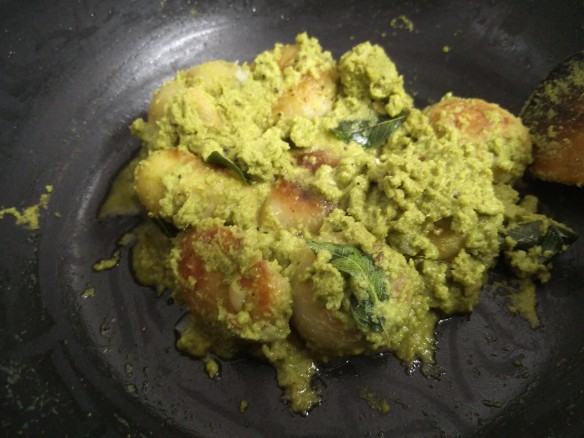
Here is how to go about it.
Method:
- I used about 8-9 pre-boiled potatoes. If you are beginning from scratch, just pressure cook the potatoes for just one or one and a half whistle. They should be about 80% done.
- Once done, peel the potatoes and with your thumb, gently press the potatoes so that they crack. Don’t be too hard, you just need to create a crack so that the chutney seeps into the potatoes.
- Now fry the potatoes in some vegetable oil till they are golden brown all over. Just before the potatoes get done, season them with some salt and pepper.
- In the same pan, add some butter (please use only butter and not anything else). Add 5-8 curry leaves and once they splutter add half a teaspoon of cumin seeds.
- Now add the chutney and some salt. Add just a little water to adjust to your desired consistency.
- Once the chutney reaches a simmer, add the fried potatoes and mix gently so that the chutney coats the potatoes evenly. Season with salt and pepper to taste.
- Grated some cheese and give it a mix. I used parmesan. You could use cheddar or parmesan or even the Amul cheese block if you please.
- We had it with Malabar parottas.
Note:
I used chutney that I had available with me. If in case you’re planning to make chutney fresh, here is a quick recipe.
- Grate together one coconut/ 1 medium onion, chopped/4-6 garlic cloves/ 1 small piece ginger/ 3-4 spicy green chillies./ 1/2 tsp of cumin seeds.
- Put all together in a blender and grind with a little water till it is a homogenous paste of pouring consistency.
- Season with salt and pepper and drizzle with lemon juice before serving.

